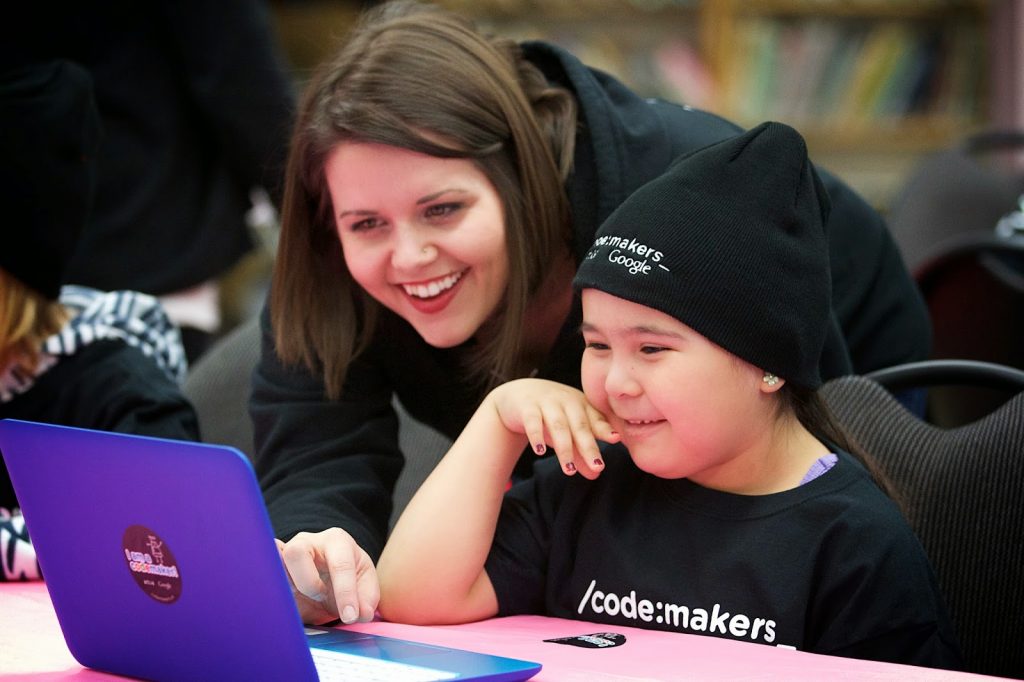For my final weblog, I wanted to include some of the articles and resources that I have found helpful for my final project. I realized as I started working on it that I needed to look at programs and activities that have data to support their effectiveness. Many of these links are focused on if and how strength-based programs and extra-curricular activities can be beneficial for Indigenous Youth in Canada.
I came across this program while reading an article by Crooks, Chiodo and Thomas (2009). Their article presents information about strength-based programs that are aimed at building and improving school engagement for Indigenous Youth. This article is particularly important for my final project because they presented concrete successes and failures of the programs based on student participation and feedback. Uniting our Nations is a range of programs developed for Indigenous students in the Thames Valley District School Board in London, Ontario. The programs, which were developed in collaboration with Indigenous educators, students, counsellors, and community partners, include an elementary mentoring program, a secondary peer mentoring program, a grade 9 Four R Health program and a literacy test preparation program.
2. Engaging and Empowering Aboriginal Youth: a Toolkit for Service Providers
Another resource by Crooks, Chiodo and Thomas (2009) that I found interesting was this toolkit they developed. The objective was to explore how to make programs more relevant and empowering for Indigenous Youth. The information is broken down as such:
- Section 1: Background and Overview
- Section 2: Guiding Principles
- Principle 1: Understanding and Integrating Cultural Identity
- Principle 2: Increasing Youth Engagement
- Principle 3: Fostering Youth Empowerment
- Principle 4: Establishing and Maintaining Effective Partnerships
- Section 3: Opportunities and Challenges in School-Based Prevention Programming
- Section 4: Research and Evaluation
Focusing on the importance of a strengths-based approach in supporting Indigenous youth and helping them succeed, this toolkit uses case studies and analyses different programs to present ideas and strategies for how to create better programming.
This article is a case study of the McKellar Park Central School in Thunder Bay, Ontario, where 50% of the students identify as First Nations. The school uses a strength-based approach in order to address issues of bullying and to support First Nations students. Of particular interest is their use of the Ambassador’s club, where students, selected by the staff, spend time with administration during selected lunch hours. They use the identified strengths to work on social skills and the students help come up with ways to improve certain aspects of their classes/school and to come up with activities for other students. The school also runs a New Experiences Program, in conjunction with the Children’s Centre Thunder Bay. Students meet once a week and parents/caregivers are invited. The workshops focus on the students’ needs, such as trauma, grief and coping skills. Both these programs have helped support First Nations students and have helped improve their school experience.
This paper presents the qualitative and quantitative data from the programs:
4. Participation in sports and cultural activities among Aboriginal children and youth
This article refers back to one of my links from the second module, the Aboriginal Peoples Survey (APS) of children and youth. Using information and data from the survey, Smith, Findlay and Crompton (2010) unpack the participation of Inuit, Metis and off-reserve First Nations children in sports and cultural activities. Participation is increased with regards to higher levels of parental education, time spent with Elders and involvement in other activities.
5. Tides Canada: Northern Well-Being
Tides Canada has a variety of initiatives aimed at encouraging northern leadership among young Indigenous peoples and fostering strong and healthy northern families. They also support the knowledge of natural resources in order to create sustainable communities. Their initiatives include: Arctic Funders Collaborative, Dene Nahjo, Northern Youth Leadership and Our Voices.
